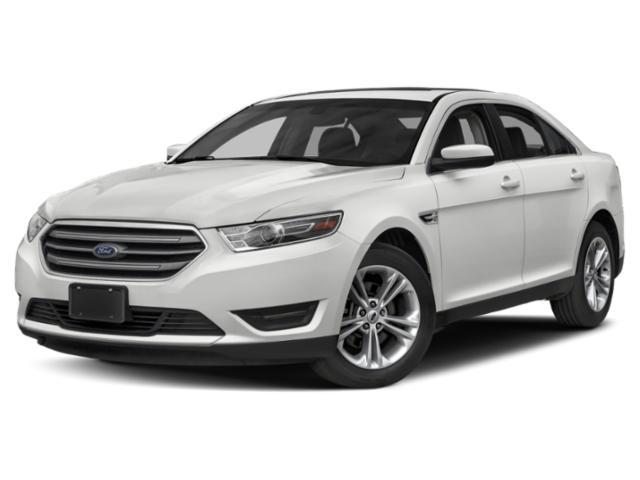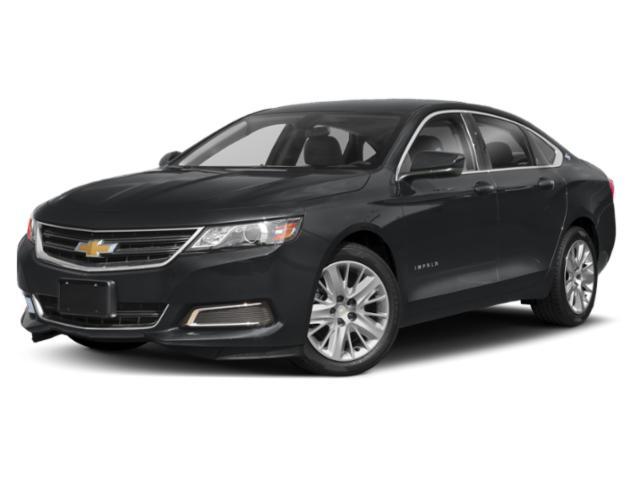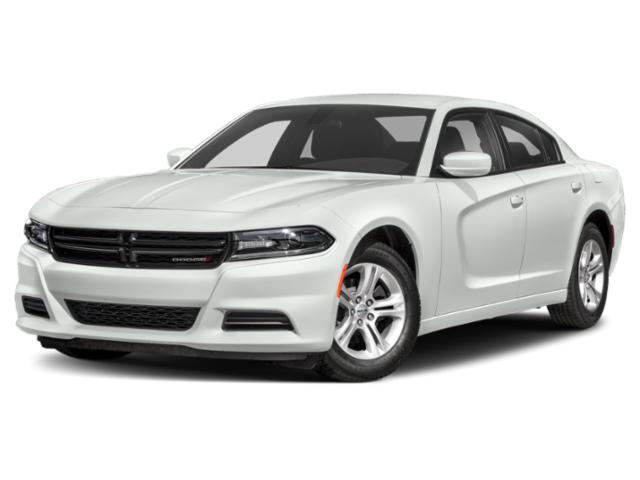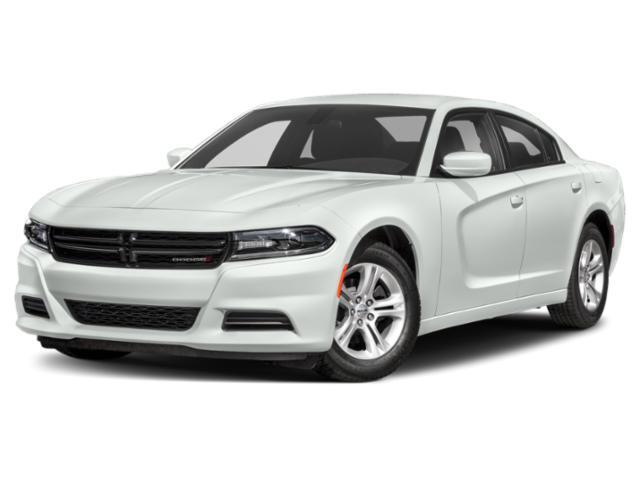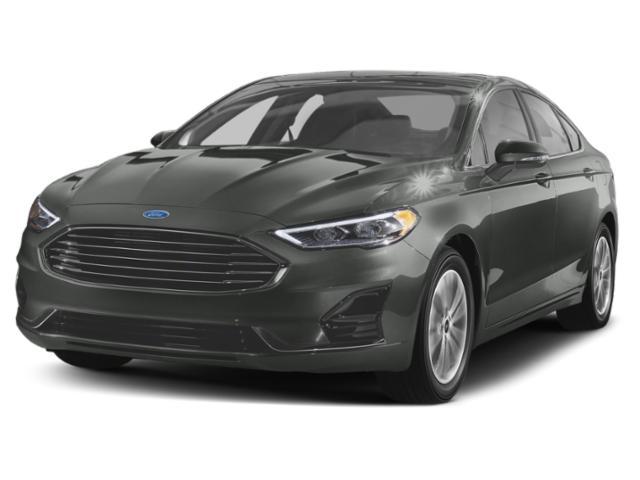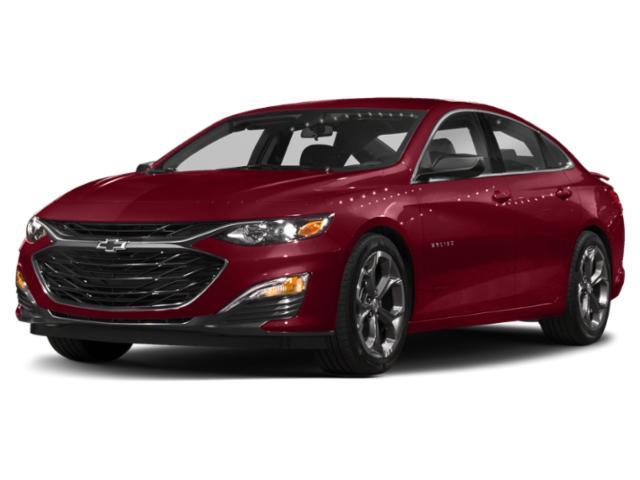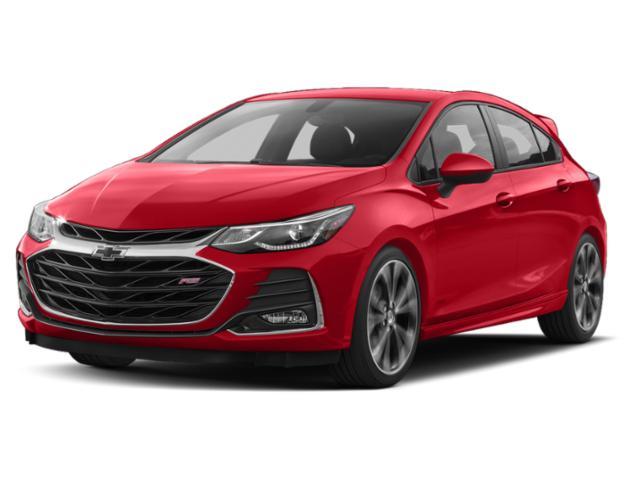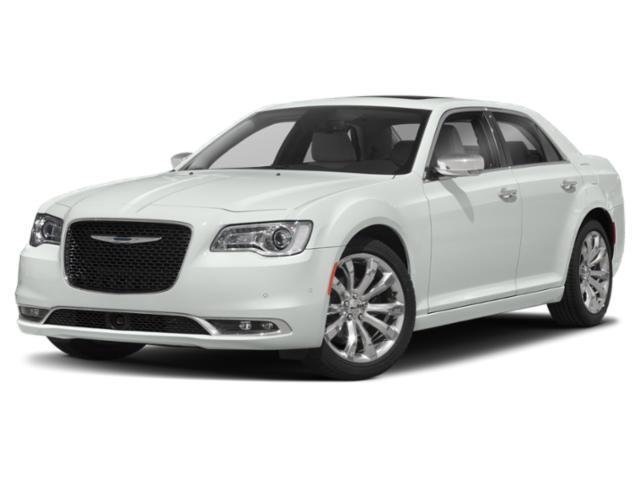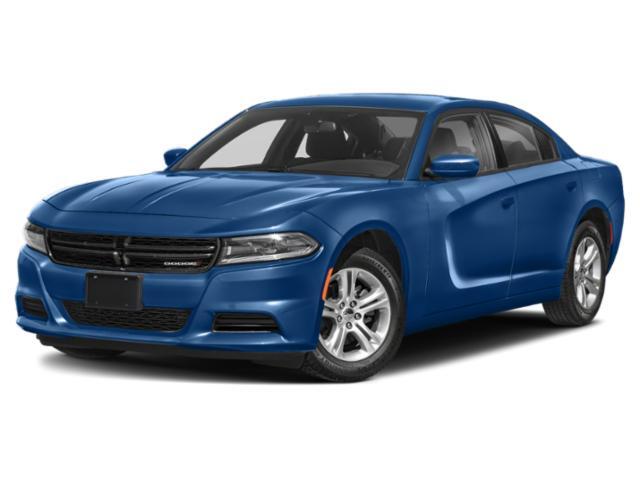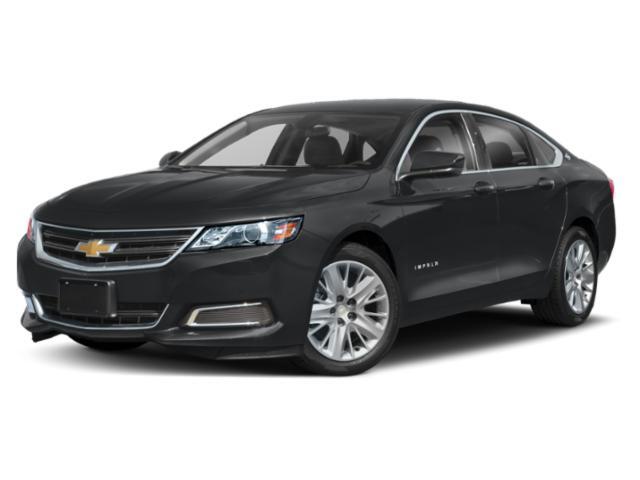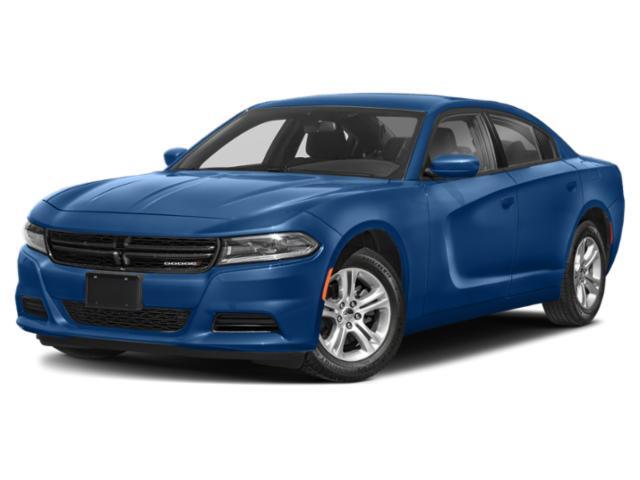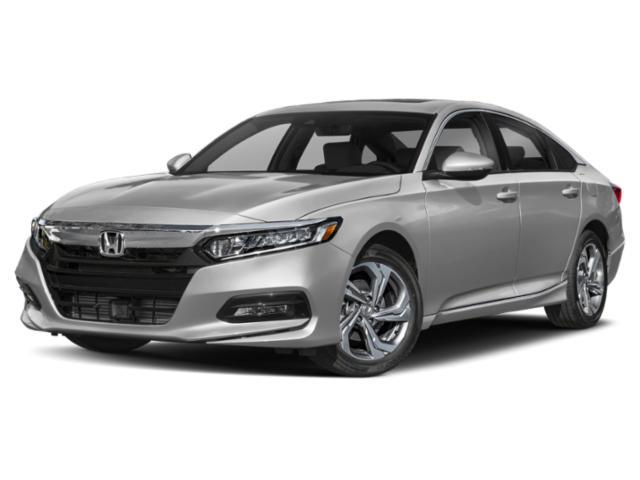
2019 Dodge Charger

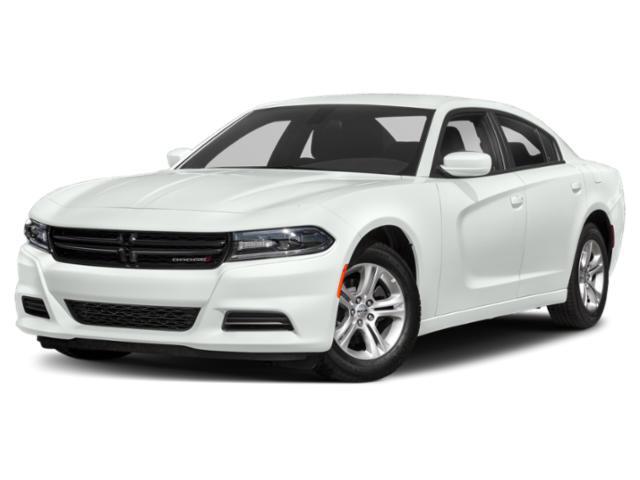
Key Specifications for 2019 Dodge Charger






Buyer’s Guide
Dodge's full-size Charger occupies a unique niche in the sedan marketplace, its RWD-based layout and high-performance variants helping it hold its ground against an onslaught of SUV and crossover models that continue to threaten this traditional body style.
There is a raft of small changes for 2019 that cover the entire lineup, from the straightforward entry-level V6-powered cars to the vicious, 707-hp Hellcat, and sees the model range trimmed down to just five distinct variants.
Starting from the bottom, the changes begin with the addition of a V6-powered GT RWD model that loses last year's standard AWD but gains exterior tweaks to give it a more aggressive look, including an updated hood and front end, side sills and rear spoiler. There are also new seats, performance suspension, a lower differential ratio for quicker acceleration and new 20-inch wheel styles.
The Charger's AWD option now lives in the SXT model, which is also powered by the V6 engine. Other news here includes new options, like two-tone Nappa leather seats, Houndstooth cloth sport seats, a Blacktop package and a cold-weather package that adds heat to the steering wheel and front seats.
Charger's entry-level V8 model, the 5.7L-powered R/T, gains a lower-cost cloth interior and the same appearance upgrades as the GT trim. The R/T also gets a revised axle ratio, Houndstooth sport seats and new wheels styles.
The Charger Scat Pack 392, powered by a 6.4L V8, adds standard launch assist and line lock, the former being activated by a new dash-mounted switch for easy engagement.
Finally, the Hellcat comes with a new grille with dual cool-air inlets to control engine compartment temperature, plus a quartet of race-inspired features: launch assist, which manages engine torque to minimize wheel hop in hard launches; line lock to ease heating up the rear tires for drag launches; after-run chiller, which cools the supercharger after the car is turned off; and a torque reserve function that "pre-fills" the supercharger for a reserve of torque delivered from a standing start.
Engine-wise, the GT and SXT share a 3.6L V6 good for 300 hp and 264 lb-ft of torque, while the R/T gets a 5.7L V8 with 370 hp and 395 lb-ft. The Scat Pack 392 gets a 6.4L V8 with 485 hp and 475 lb-ft, and the Hellcat uses a supercharged 6.2L making 707 hp and 650 lb-ft. All share an eight-speed automatic transmission.
Direct competition is tough to call, seeing as the four-door Charger is a rarity in a field better known for its coupes but if all you're after is speed, the Hellcat is a bargain next to high-end German sport sedans boasting similar power ratings.
All trims include a seven-inch customizable gauge cluster display, dual-zone automatic climate control, six-way power driver's seat, two USB charging ports and a pair of 12-volt outlets, leather-trimmed steering wheel and shifter, tilt-and-telescopic steering column, 17-inch aluminum wheels and passive keyless entry with push-button start.
Fuel consumption estimates range from roughly 12.5/8.0 L/100 km (city/highway) in the GT RWD to 17.6/10.7 L/100 km in the Hellcat.
Review & Compare:
Photos

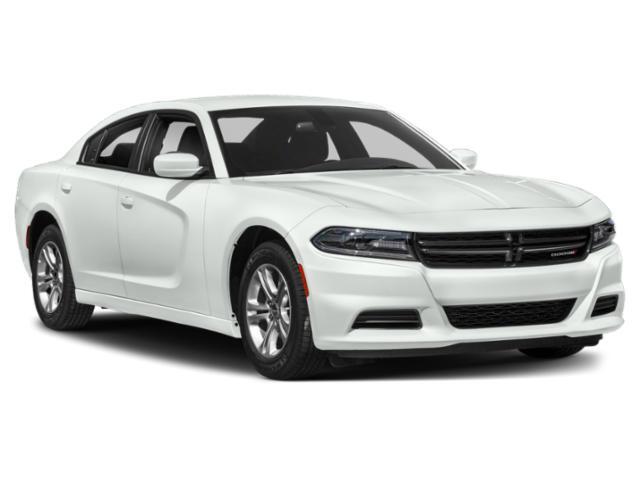
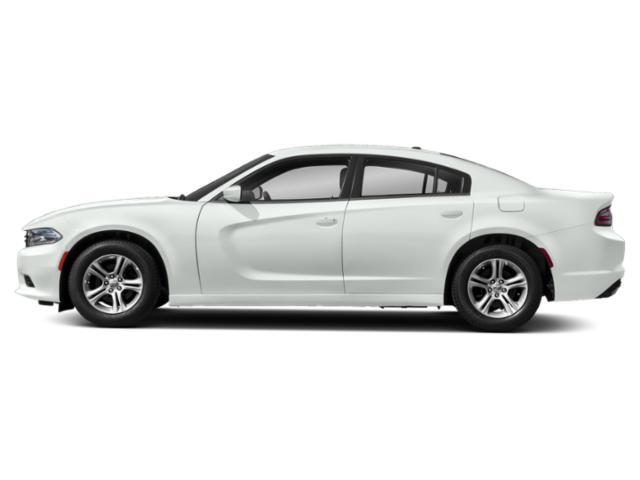
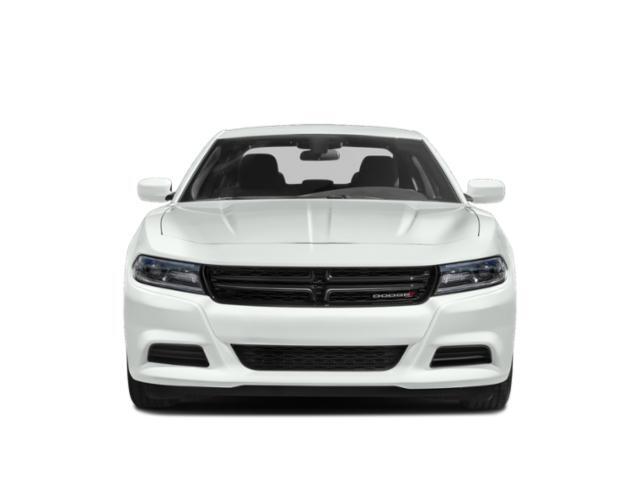
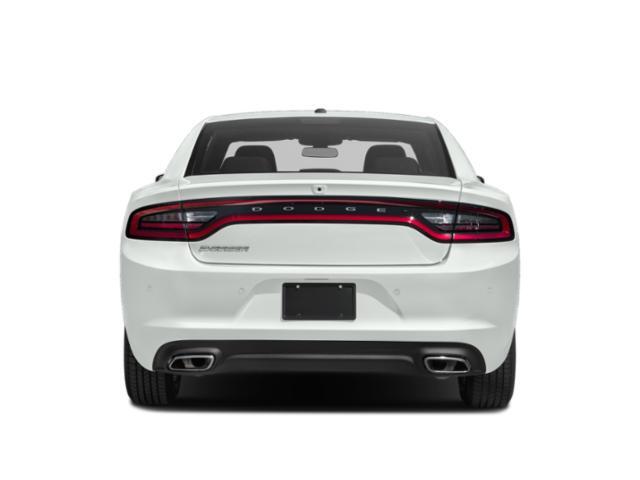
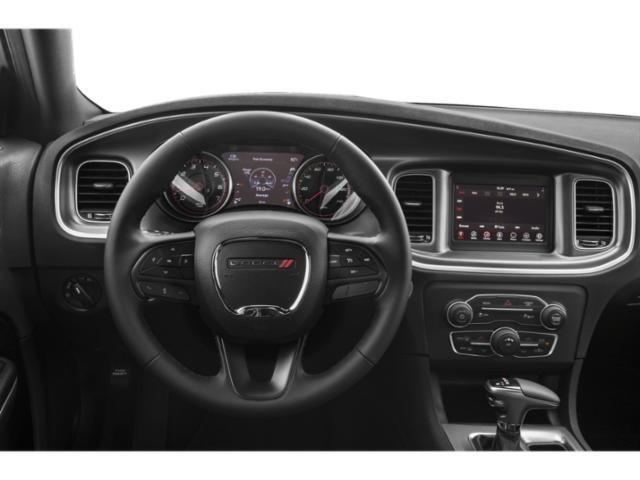
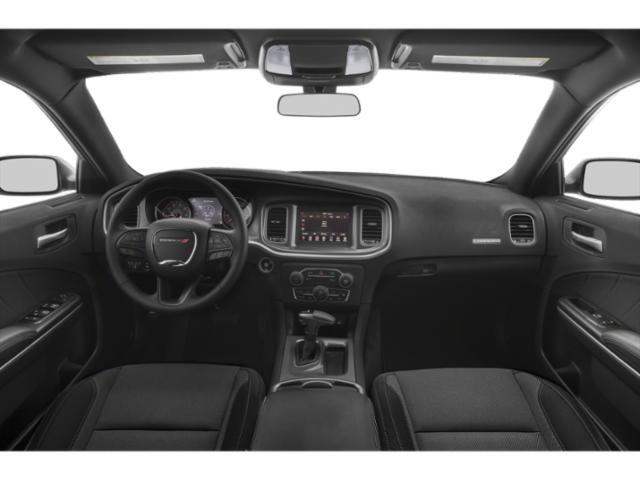
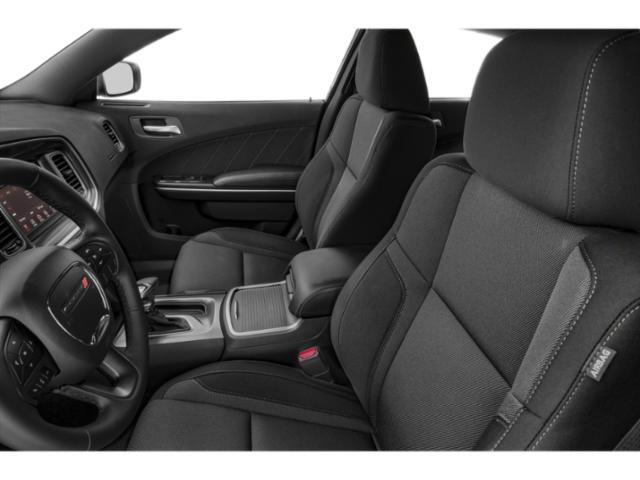
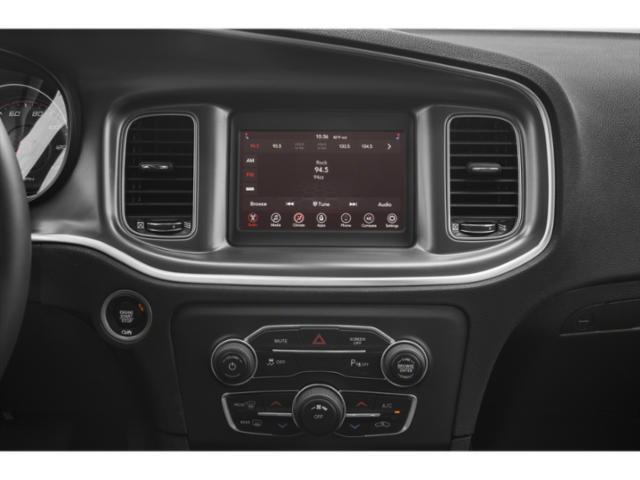
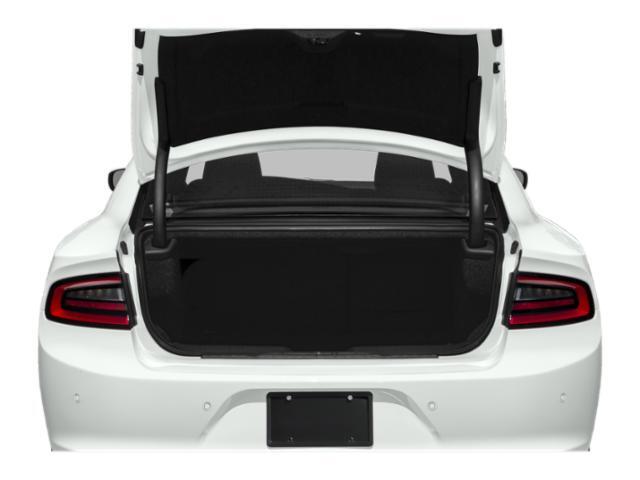
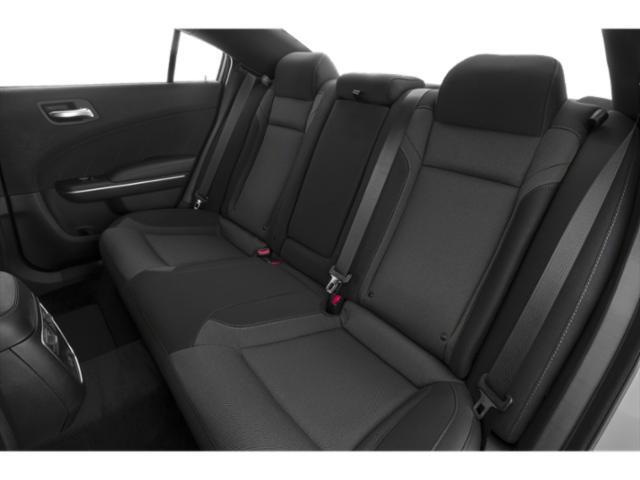
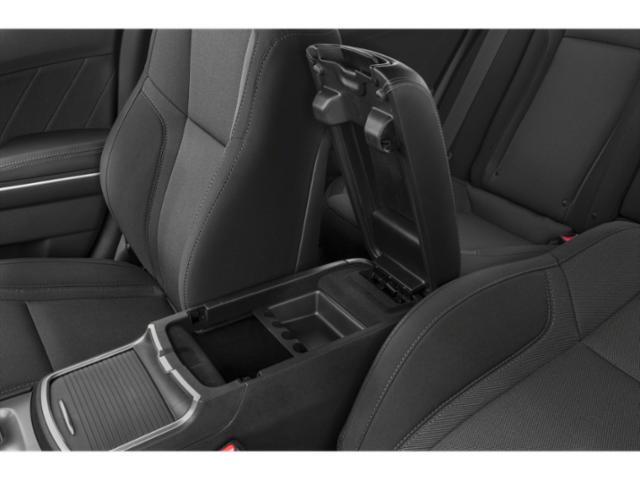














AutoTrader Review












